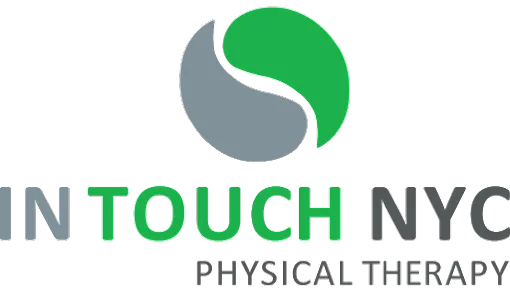The origins of reformer Pilates date back to the end of the First World War, when inventor Joseph Pilates modified beds using springs to help bed-bound patients with their movement exercises at an internment camp. In the 1920s, he moved to the U.S. where he opened his own studio and started offering reformer Pilates classes to the public. Since then, the practice has taken the world by storm becoming a fitness and cultural sensation.

People who try reformer Pilates swear by its incredible effectiveness in body conditioning, building core strength, and enhancing the mind-body connection. Let’s discuss how reformer Pilates works and how it can take your fitness to the next level.
The Benefits of Reformer Pilates
The advantages of regular reformer Pilates exercises are well-documented and backed by science. Whether you’re using the practice to recover from physical trauma or you’re trying to advance your fitness level, everyone who tries reformer Pilates can look forward to the following benefits.
Low-Impact Exercise
Reformer Pilates is easy on all your joints, which makes it perfect for people looking for a low-impact alternative, such as senior citizens or anyone else looking to avoid strain on their joints.
Full-Body Conditioning
You engage several muscle groups with reformer Pilates, allowing you to strengthen and tone your body from head to toe.
Improved Core Strength
Reformer Pilates places a strong emphasis on core strength, which enables you to be more stable during exercises and improves your posture over time.
Better Flexibility and Range of Motion
The dynamic stretching involved with reformer Pilates works to increase joint mobility and strengthen your muscles, the sum effect of which is better flexibility and range of motion.
Enhanced Mind-Body Connection
By drawing attention to your breath and breathing through movements, reformer Pilates is able to improve your concentration, control, and precision, so your body can do exactly what your mind wills it to.
The Anatomy of the Reformer Machine
The key difference between reformer Pilates and traditional Pilates is the use of a reformer machine for more dynamic exercises instead of just standing on a mat.

Let’s break down the key components of the reformer machine:
Sliding Carriage: The centerpiece of the reformer is the sliding carriage. This platform moves back and forth along tracks, creating controlled resistance through the springs as you perform various exercises.
Springs: Attached to the carriage are springs that provide varying levels of resistance. These springs can be adjusted to cater to different fitness levels and exercise goals, making the Reformer adaptable for beginners and experienced practitioners alike.
Straps and Handles: Attached to the springs are straps with handles or loops. These become extensions of your arms and legs during exercises, allowing you to engage your muscles and create tension for a comprehensive full-body workout.
Foot Bar and Shoulder Rests: Positioned at the end of the reformer, the foot bar and shoulder rests offer support and stability during exercises. The foot bar can be used for pushing and pulling movements, while the shoulder rests provide a comfortable platform for various positions.
5 Basic Reformer Pilates Exercise

Now that you’re familiar with the basics of reformer Pilates and different parts of the machine, here are a handful of beginner exercises that you can try.
1. Leg Press
Lie on your back with your feet on the foot bar, knees bent, and hands holding the handles. Press the foot bar away by straightening your legs and then bend them to return. Focus on engaging your leg muscles and maintaining stability in your core.
2. Long Stretch
Kneel on the carriage with your hands on the foot bar, keeping your shoulders over your wrists. Extend your legs behind you into a plank position and then push the carriage out. Pull the carriage back in while maintaining a strong core and stable shoulders.
3. Elephant
Stand on the carriage with your hands on the foot bar, feet hip-width apart. Hinge at your hips, keeping your spine long, and press the carriage away. Pull the carriage back in, focusing on engaging your core and maintaining alignment.
4. Leg Circles
Lie on your back with your legs extended towards the ceiling, feet flexed. Hold the straps and anchor your shoulders down. Circle one leg outward and then back, keeping your pelvis stable. Reverse the circle direction after a few repetitions.
5. Footwork
Start by lying on your back with your feet on the foot bar and your knees bent. Press the foot bar away, extending your legs fully while keeping your heels grounded. Bend your knees to return the foot bar, maintaining control throughout the movement.
Reformer Pilates is for everyone! At In Touch NYC Physical Therapy, we use this practice to help eliminate pain, increase muscle tone and strength, prevent injuries, and improve flexibility and posture. Request an appointment so we can get started on your new and optimized fitness journey.



